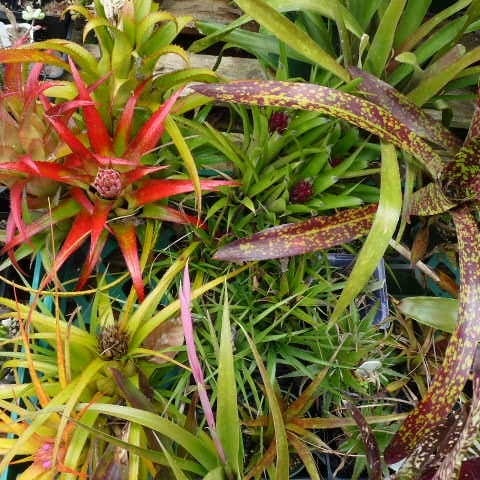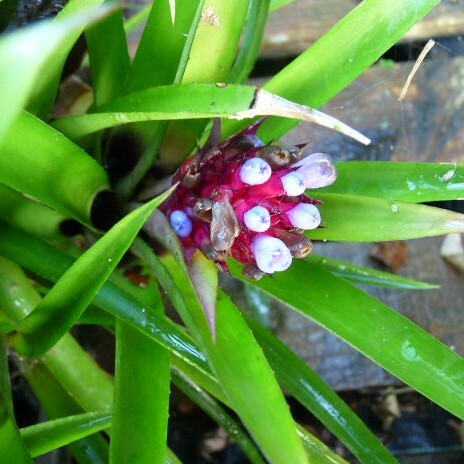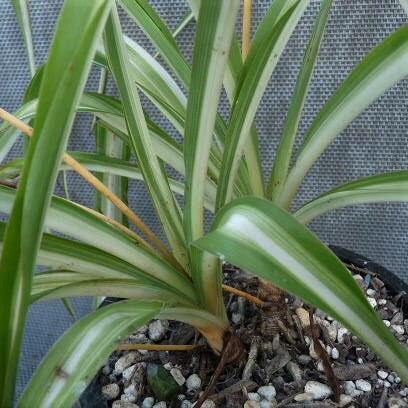The Best Indoor Plants for Air Purification A-C
.
The Best Indoor Plants for Air Purification A-C
.
Because there are so many useful air-purifying plants I will create several blogs, to cover all that I have researched.
Here we have the first section in botanical order A-C
.
Clean air – National Aeronautics and Space Administration (NASA) carried out a study into Clean Air filtering plants and found that certain plants are capable of filtering pollutants such as:
- Benzene (found in varnishes, detergents, rubber, paints, plastics, inks, oils, detergents, dyes, gasoline, and floor finishes)
- Trichloroethylene (found in printing inks, varnishes, adhesives, and lacquer)
- Formaldehyde (found in paper towels, facial tissues, tobacco smoke, gas stoves, adhesive binders in floor coverings, carpet backing, and grocery bags)
- Ammonia (found in cleaning products)
- Toluene (found in stain removers, oils, paints, paint thinner, paint brush cleaner, nail polish, and inks)
- Carbon monoxide (found in the vehicle, fireplace, stove, and furnace fumes)
- Styrene (found in carpet backing, fiberglass, packaging, home insulation, wiring insulation, and drinking cups)
Here is the link if you want to read more about this study https://ntrs.nasa.gov/citations/19930073077
Remember no plant is naturally a house plant, but we enjoy bringing natures beauty indoors.
Let’s appreciate how some of those chosen can improve our indoor environment.
Algonema - Chinese Evergreen
Chinese Evergreen is one of the most common, tropical house plants.
- This plant emits a high oxygen content as well as being an effective cleanser of formaldehyde and benzene, often found in detergents and cosmetics.
- Can improve your productivity, concentration, memory, stress levels, and mood.
- Come in a variety of shades, including pink, red, orange, yellow, and gray.
- Chinese evergreens filter toxins including:
- benzene
- formaldehyde
- carbon monoxide
- trichloroethylene
Care advice: These prefer low-light and humid conditions, so will thrive in your bathroom. These only need to be watered occasionally with a focus on keeping the soil moist.
Best Placement: The Living Room
Aloe barbadensis - Aloe Vera
Such an incredibly useful succulent.
- Commonly used to treat burns and scrapes.
- It also works at purifying the air of formaldehyde and benzene, found in varnishes, floor finishes, and detergents.
- Aloe vera filters toxins including:
- benzene
- formaldehyde
- carbon monoxide
Care advice: As a succulent, it requires strong light and free-draining soil. Water well and allow to dry between waterings. Avoid frosts.
Best placement. This is a type of succulent, and they do best outside.
Anthurium – Flamingo plant
- This colorful plant’s blooms look like flamingos, which is why, it is called the Flamingo Lily.
- Colourful salmon-red, heart-shaped blooms. Newer colours are popping up all the time.
- Anthuriums filter toxins including:
- ammonia
- toluene
- formaldehyde
Care advice: Keep your anthuriums in bright, but indirect light. They also work particularly well in humid areas, such as the bathroom or kitchen.
Bromeliad (various types - Pineapple Plants, Scarlet Star Bromeliad)
With leathery leaves and a pop of colour, Bromeliads are a stunning houseplant addition.
- These also help to clean up the air in your home.
Care advice: Bromeliads love warm, sunny conditions so they're best kept close to sunlight or in a conservatory. They don't need a lot of water, so wait until the soil has dried out before watering, and then water the leaves and soil.
Some of the Bromeliads that I have in stock Bromeliads
.
Calathea - Prayer Plant
The leaves on these plants sometimes catch my eye, as they move from their upright position to a downward position during the day.
- There are so many different colour combos and various sizes in these plants.
- The Calathea plant purifies the surrounding air by filtering out a multitude of compounds that are poisonous.
Care advice: They need to be placed in a consistently warm and bright spot, yet not in direct light.
Some varieties are very prone to spider mites so keep an eye out for these pests. If you notice the leaves lose their dramatic colourings, look sad, or are deformed, this could be the cause. See more about spider mites here Help, what\'s wrong with my plant? XXXXXX
Calathea and Ctenanthes are often confused. Ctenanthes reproduce above-ground branching stalks, while Calathea only creates new leaves from the root mass.
.
Chlorophytum comosum - Spider plant .
Spider plants are the perfect choice for people new to having houseplants.
- Spider plants are gorgeous, sprawling greens
- These plants quietly battle toxins including carbon monoxide and xylene, a solvent used in the printing and rubber industries.
- NASA’s study found that spider plants were able to remove 95% of chemicals from the air in 24 hours.
- These are also known to have beneficial hormone properties, so put some in with your other plants if you propagate in water.
- If you have pets, this is one of the few houseplants that are non-toxic to animals.
- Spider plants filter toxins including:
- carbon monoxide
- benzene
- styrene
- formaldehyde
- xylene
- toluene
Care advice: These are truly easy-care plants. Pot them up and appreciate their display. Leave the growths that develop at the end of the stalks or remove them and pot them up as new tiny ‘spiderettes’.
Best placement: The bedroom or the living room.
Purchase Spider Plants here Houseplants
.
Chrysanthemum
Often purchased as plants for Mother’s Day (Commonly called ‘mums’), these are naturally outdoor plants, but been conditioned to growing inside.
- These pretty blooms help to filter out a host of toxins including ammonia and benzene, which is often found in plastics, detergents, and glue.
- These would be some of the most vibrant houseplants thanks to their beautiful flowers that bloom in a variety of vivid colors.
- The scent can be either overpowering or something you really like.
- Chrysanthemums filter toxins including:
- Benzene
Care Advice: This plant loves sunlight, so place it in a spot near a sunbathed window. Lovely plant to add to you garden.
Clivia
I have never grown these as houseplants, I prefer them outside.
- They are tough, resilient, and thrive when neglected.
- The leaves are strong, strappy, glossy, and deep green.
- They purify the air.
- They will also produce the most stunning, bright blooms. Originally colours were red/orange, but there are now various shades of red/pink as well as yellow ones.
Care advice: Clivias should be placed in filtered or indirect light. Outside they are ideal in shady, dry positions. They provide that spot with some welcome brightness.
Codiaeum - Croton
These are incredibly popular houseplants.
- Loved for their varied, bold, and bright foliage.
- Crotons also help to filter out airborne toxins.
Care advice: These are tropical houseplants, so they do require frequent watering, but too much can easily cause root rot. Humidity also helps these flourish.
Stay tuned for the next selection of Air-purifying plants.
Here is a link to my previous blogs
Posted: Wednesday 24 May 2023
Recent Posts
Archive
Tags
| Top |



